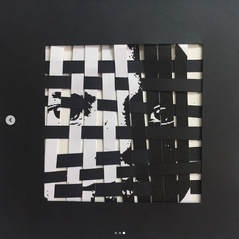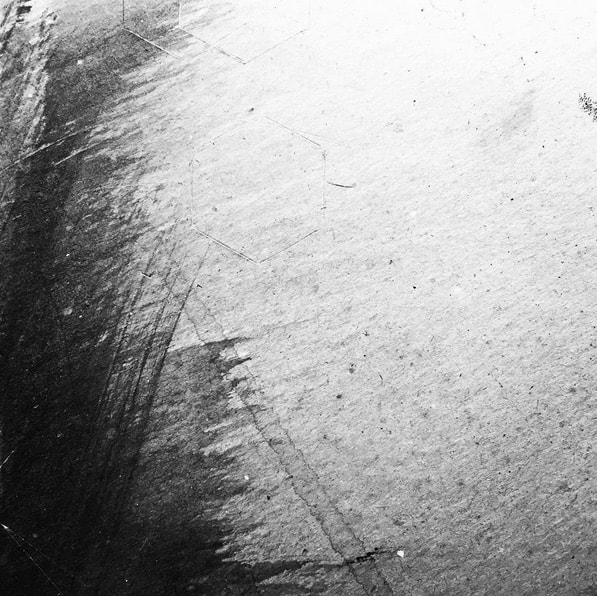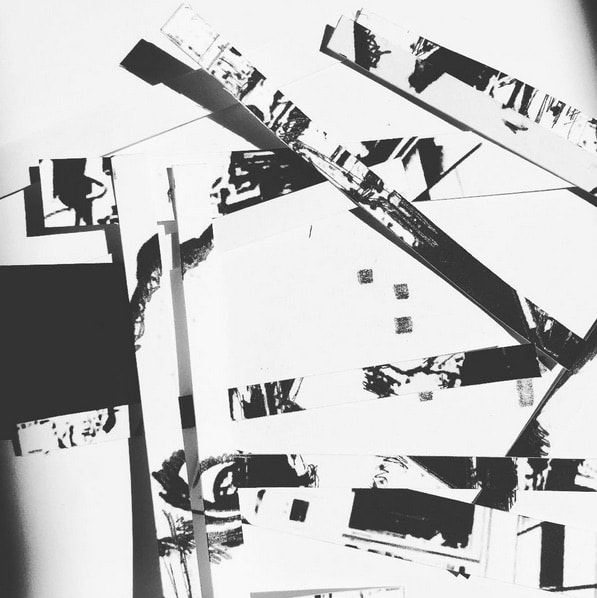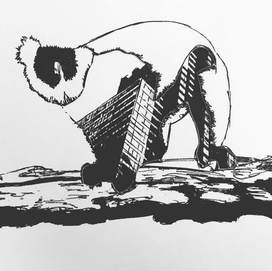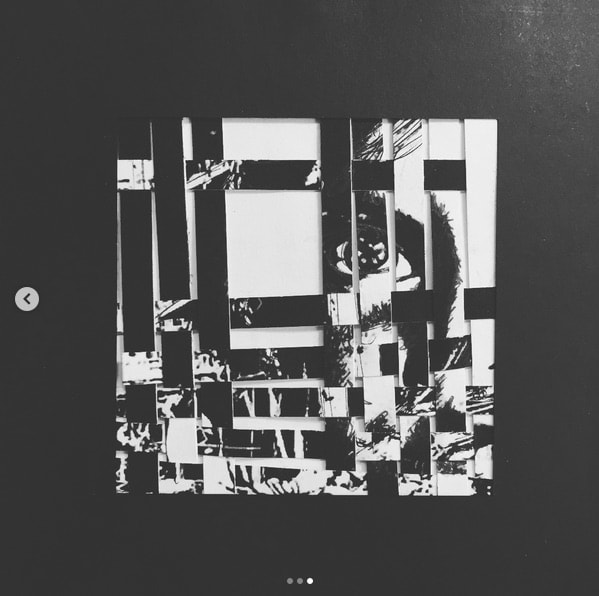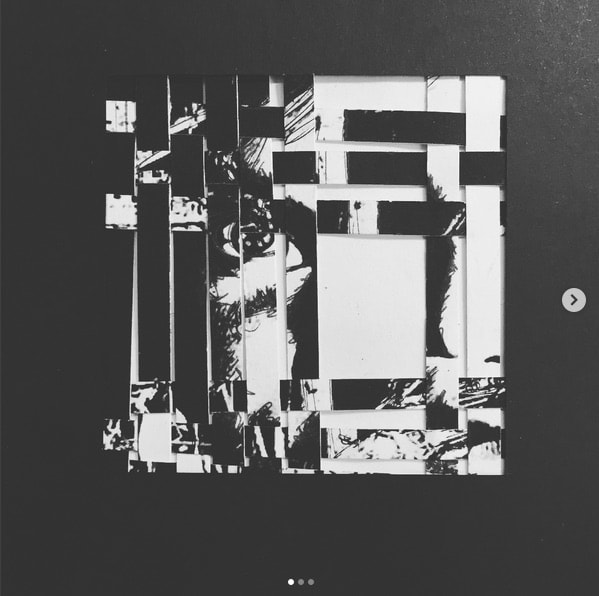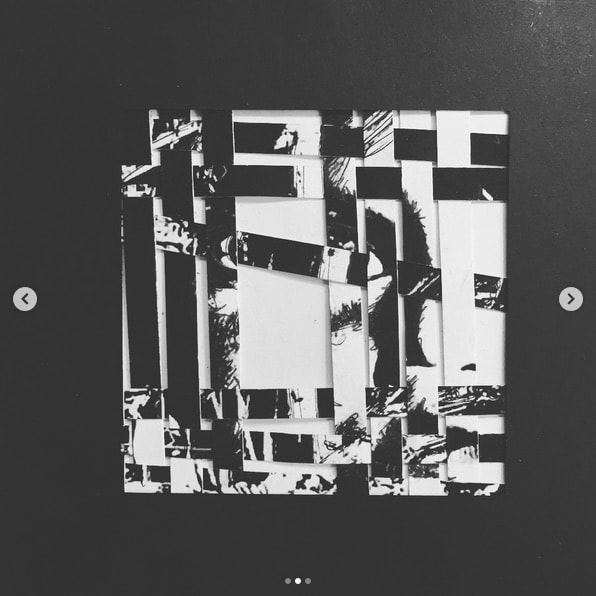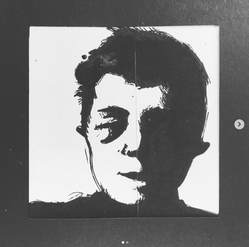|
Georgia O’Keeffe in a correspondence with the writer Sherwood Anderson discusses the unknown (Cowart & Hamilton, 1990). As she sees it, the unknown is the obsession with which an artist wishes to clarify something so much they need to put it down in their own media; scratching away in a sort of darkness to make it known. But, at the same time, she implores the necessity for keeping that unknown always just beyond reach.
The unknown, or maybe in other words, curiosity, wonder, mystery, and possibility is really what pushes us forward, as artists, and just simply as human beings. Those are the things that propel us to new knowledge, or new technology, or medical advancement, or greater understanding. It’s important to always be looking for that thing that makes you want to know more or has you marveling in awe and continuously questioning. All of this is to say that the phrase I don’t know should be revered in learning and in life, even if that means you never know, or even come to a final conclusion, and accepting that as the way it might always be. Learning to accept and nurture what we don’t know and realizing its importance as a source for creativity, as well as recognizing and acknowledging the ups and downs that inevitably happen during the process of knowledge making is significant.
0 Comments
Where do we get ideas? To bring out those ideas that elicit the most creative thought, looking to those things that resonate with us the most is a prime source. And, more than likely those are the things that we see around us in our everyday lives, the things that bring us joy, or make us feel strong emotions. Very much like the Dadaists and their artistic response to the modern world (National Gallery of Art, Washington, 2006). Art as the Dadaists expressed is not an escape, but a way to make daily events visible (National Gallery of Art, Washington, 2006). For them, the here and now, certainly brought about new, creative ways to respond.
During this project, my thought process had me thinking about my career spent playing with pixels, and what this brought up for me was the implication of what we see vs what we don’t. Specifically, in this new age of social media and the vast network of snippets of information we encounter on a daily basis. This informed my artistic inquiry of needing to limit my pallet of colors, and using a set standard of tools to achieve a particular look. The interactive quality of the work was also informed by my thoughts of the invisible and the visible, and also by my background in an industry of interactive products; creating an inquiry into cause and effect. Last year it seemed that every time I turned around the 1st through 5th graders were working hard at drawing Pokémon characters. But, I also remember a third grader talking to me during an art class about the presidential election results and her genuine fears about deportation, which was a topic being heavily featured in the media. These were the things students were recognizing, learning about, hearing, and seeing every day. Getting students to delve deeply into their response to this contemporary culture is a great and engaging starting point for a creative inquiry. I think about a project I would need to finish for an employer or client, and realize the quickness with which I must think about and finish an idea. Over time I’ve learned tricks and ways of speeding up the process, and I have learned a plethora of ways to strategize and develop a concept at the start of a project. I’ve researched and practiced skills I didn’t have. I’ve played with and explored new artistic methods, essentially building a repertoire of skills to pull from. And, over the years the initial anxiety of each new project has become less. Moreover, confidence about my abilities has risen. I remember one project had me painting over a hundred little concept paintings, and my confidence in my ability to complete them every day became greater. As an added result, I’m now very comfortable with the particular tools I was using to complete the task.
The overwhelming star of my artistic career however, is the consistency and practice of working every day. The anxiety and uncertainty that inevitably comes with each new project constantly exists, but because I practiced the process every day, I knew what I needed to do if I felt stuck. The same is true of my work during this study. The value constantly playing with and exploring a personal idea, utilizing skills I consider strengths, practicing skills I consider weaknesses, as well as pulling from a slew of tools to move past any uncertainty has proven to me the worth of this daily habit for creativity. The tools I used to get through anxiety or uncertainty are personal to me, just as they are to most artists. Some artists blast their favorite music, take a subway ride, or do yoga. Some play games of chance, like the Surrealists. Most of the time we will never see or know that process. I often take a short drive in my car, taking in the interesting Los Angeles culture as it passes by my window. I also take field trips, getting me out of my everyday comfort zone. Or I might take walk around the block looking for those little sparks of inspiration. Sometimes I play with non-committal patterns, essentially doodling just to get my pen or pencil moving for the day. I considered a lot of this research as well, filling my virtual box with ideas related to my topic or idea or maybe the next. Suggesting various tools to students to move past uncertainty is a key component for teaching creativity in the classroom. It’s not as simple as having them get in the car to take a drive or even leave the classroom, but letting them experience the unexpected chance a tool might elicit is possible. I find myself saying, I don’t know, try it and see what happens, often, to students who ask me what is going to happen when I do x, y, and z, or what if I make a mistake. To get through uncertainty during my project I could have easily let ink drip and splatter in big black blobs on my grid paper. I could have smudged it, or cut or carved into it. I could have cut it up and taped a portion that I liked into my sketchbook. I could have looked for images in the blob. The point is playing with the unexpected is a great tool to move past the anxiety of I don’t know. To see what happens and see what ideas bubble up. The final result doesn’t matter, and that’s key. Sunday I wasn't able to sit at my desk for any amount of time. I knew this would happen atsome point. It was inevitable. But, I had a great day and also found myself making connections with my work with various things around me. As well, I found myself being ultra curious about everything I took in. I even learned about something I had no idea existed... Honeypot Ants! Ants that make honey. In their bodies. Underground. Worker ants leave their underground nest at night to gather nectar and then bring it back to feed it to specialized ants, whose abdomens become engorged with the sweet honey. They in turn provide the honey as food to the whole nest including the little ant larva. Who knew this existed. One important and unexpected fact I found out is that the Native Americans ate them and considered them a sweet treat. I'm glad I had my notebook to sketch and record such a fun find. The importance of being curious, and seeking out new experiences, and learning is non-negotiable for creativity. You never know where inspiration will come from, and seeking out opportunities to get outside or beyond the studio, or as in my case away from a desk, shouldn't be ignored. As I continue this study I notice that I feel more confident and comfortable with my ideas. I have found that new ideas pop up more easily for me whether I’m sitting at my desk actively working, exercising, or walking around a museum. Inspiration hits me at various moments throughout the day. Maybe sparked by something I’ve seen or done, or just simply based off a previous idea or visual work I had been working on. My only anxiety these last few days has stemmed from two areas, others, or those people I might be accountable to or who are able to see the work or my wonderings, and of knowing whether or not an idea or exploration has run its course and needs to be pushed further. In the area of anxiety about others I realize that much of my career and in turn art has been based on my accountability to people around me, teachers, employers, and clients, and that this has propelled and pushed my creativity over the years. There is something to be said about this push from others, it’s necessity in a certain creative industry, and its use as part of my skill set. I also realize it might not be ideal for personal creativity and creative satisfaction in the long run. For the greatest creative satisfaction, an artist’s work ultimately must come from within, beyond the reach of those around them. The Mama of Dada, Beatrice Wood, often made the comment during lectures to “be true to yourself, whether it’s bad doesn’t matter” (Beatrice Wood Center for the Arts, n.d.), and it’s true, ultimately an artist’s audience will never see their process, good or bad. As Bayles and Orland (1993) suggest, “the only pure communication is between you and your work” (p. 47). Learning to be accountable to ourselves and what matters most to us I think must be a key component to creativity. Learning to let go of other’s expectations must be necessary to successful and satisfying creativity, as well as a certain fearlessness.
|
